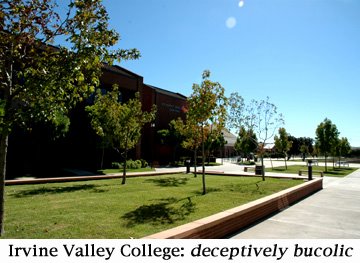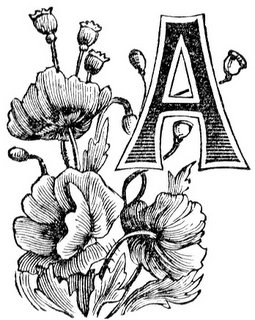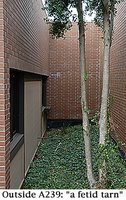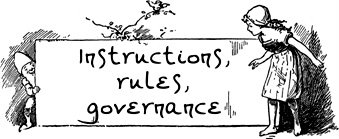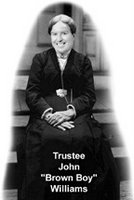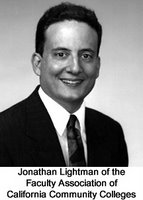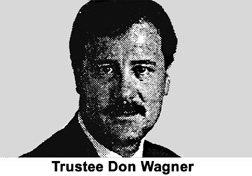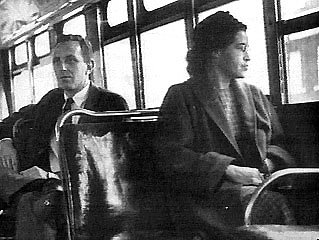
 nce again, Rebel Girl is humbled by the thoughtful, inspired programming commemorating the life and legacy of Dr. Martin Luther King Jr. offered by the college.
nce again, Rebel Girl is humbled by the thoughtful, inspired programming commemorating the life and legacy of Dr. Martin Luther King Jr. offered by the college.Some colleges are satisfied with a day of events or even a single event, but not IVC. No. Only an entire week of activities will do.
This surely demonstrates the college’s commitment to inclusion, civil rights and all that is good and just in the world. It shows our community that this little sector of Orange County is committed, nay, dedicated to living the legacy of Dr. King. It makes her proud.
One glance at the heft of the Schedule of Events booklet shows the depth of our respect.
The week begins with a free pancake breakfast on Tuesday morning, with all the trustees taking their turns behind the griddle, clutching spatulas. Performing will be a local interfaith chorus. Representatives of local peace and justice, community and environmental organizations will be present. Irvine Valley College will announce its institutional adoption of an Amnesty International prisoner of conscience and unveil plans for a Peace and Justice Center adjacent the (former) Terry Burgess Greenhouse. Chancellor Mathur will cut the ribbon. President Roquemore does the honors with the shovel.
Throughout the week, district administrators will visit classes, encouraging involvement in service projects both on and off campus, toward helping provide for the needs of those without. Furthermore, each administrator has made a personal pledge to tithe amounts equivalent to the unprecedented raises each received last year: the monies will go to local groups battling poverty, including the Catholic Worker. Rebel Girl was told that the meeting where this decision was made was very, very emotional.

Noontime events on the lawn in front of the Student Services Center include college trustees giving the King speech of their own choosing. The event is free, and community members are welcome. While reports suggest there was indeed a friendly tussle for the honor to recite the famous “I Have a Dream” speech, Trustee Fuentes, former chair of the Orange County Republican Party, prevailed and will offer the landmark speech--from memory--on Tuesday. Wednesday’s presentation has been claimed by Trustee John Williams who will read, not a speech but instead King’s 1963 “Letter from the Birmingham Jail.” On Wednesday, Don Wagner will recreate King’s classic anti-war speech given at Riverside Church a year before his death: “Beyond Vietnam.” In accepting the responsibility of this controversial address, for which Dr. King was attacked at the time as a “demagogue” by Time magazine, Wagner quoted King: “Our lives begin to end on the day we refuse to speak.” Thursday’s schedule includes a “Civil Rights” recreation event, the 1965 nonviolent confrontation at the Edmund Pettus Bridge, facilitated by Dave Lang, Nancy Padberg, Marcia Milchiker and Bill Jay.

Throughout the week, the Orange County Lego League will honor Dr. King by staging various interactive scenes from his life in the A-quad. The centerpiece is their distinctive and award-winning recreation of the 1963 March on Washington where Dr. King delivered his famous “I Have a Dream” speech. The OCLL is particularly proud of, not only its ability to re-create the mall, Washington Monument and reflecting pool, the Lincoln Memorial, but also its construction of uncanny models of historical figures who took the stage that day alongside King: Peter Paul & Mary, Bob Dylan, SNCC’s John Lewis and Mahalia Jackson.
Finally, in honor of King’s commitment to labor justice, the district has announced that it will settle the contract dispute with the Classified Union. It will be, indeed, a “fair contract.”
As you can probably tell by now, Rebel Girl dreams too.

Now some may gripe that Rebel Girl is simply eating a plate of sour grapes. That she, given lemons, lacks the vision to make lemonade. That she is one of those who sees a glass of water for what it isn’t, not for what it is: wet.
It’s true that when she was newly hired and full of all sorts of ideas and full of the energy that comes from working at an institution that seeks to nurture rather than oppress, that she and her colleagues had the temerity to put together a modest but singular King Day offering for a number of years: a showing of the award-winning documentary: "From Montgomery to Memphis." It was an effort that sought to fill a need. It did. Of course, she secretly hoped that the institution would take on what is obviously an institutional obligation.
 Years passed, the college underwent its “changes” and so-called “multicultural programming” was taken over by people who imagined Yul Brynner’s “The King and I” offered relevant lessons in assimilation for college students. Say no more, though Rebel Girl could say plenty.
Years passed, the college underwent its “changes” and so-called “multicultural programming” was taken over by people who imagined Yul Brynner’s “The King and I” offered relevant lessons in assimilation for college students. Say no more, though Rebel Girl could say plenty.But Rebel Girl can’t help to add that the deafening silence by which King Day is celebrated on this campus is a sharp contrast to another day that she still remembers: on April 27, 1994, our district distinguished itself by becoming the only college district in the nation to close in an official day of mourning in honor of the passing of Richard Milhouse Nixon.
Say no more.

















